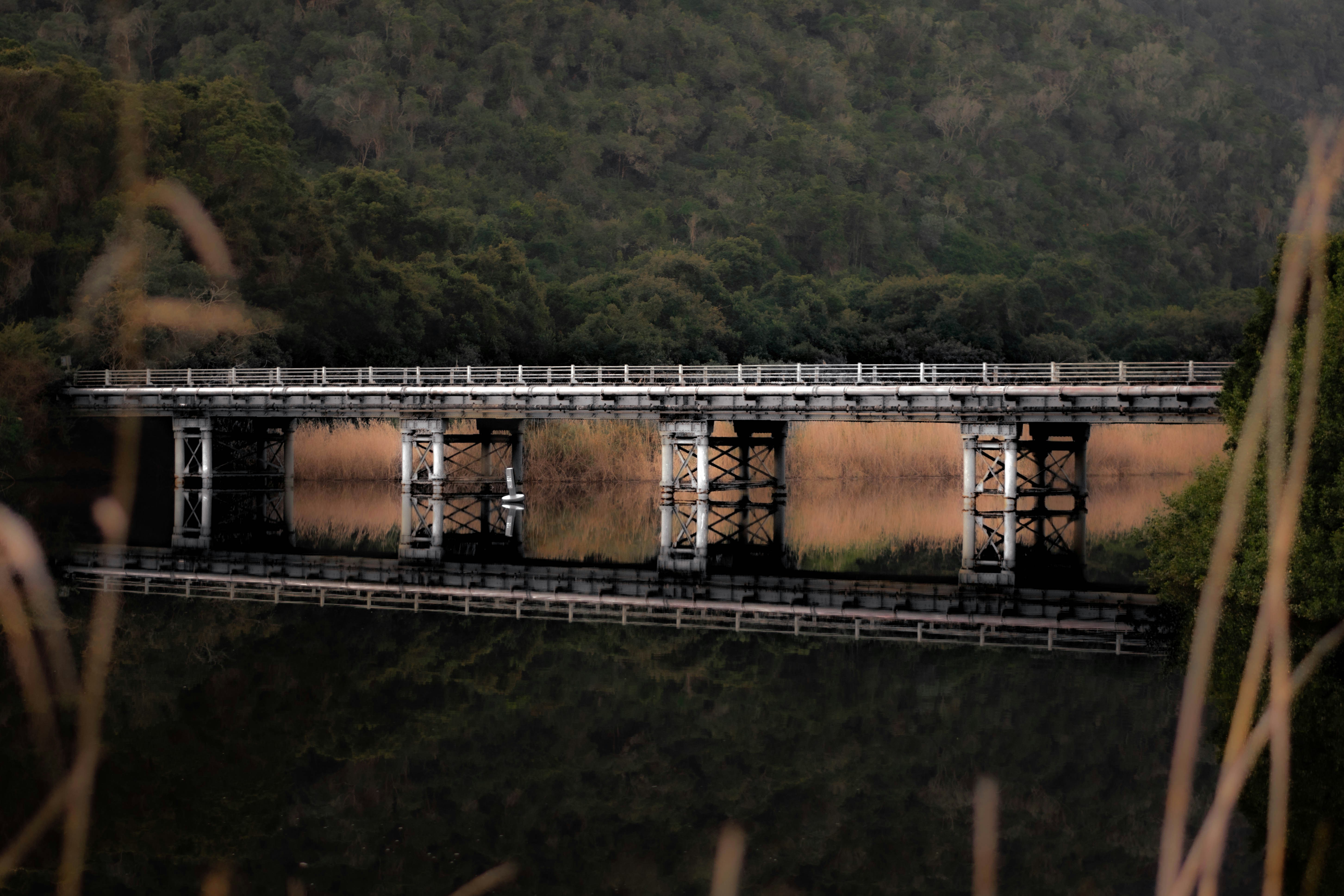Imagine being in the middle of the wilderness, surrounded by nothing but trees, with no sign of civilization in sight. The thought alone can be both exhilarating and intimidating. But what if I told you that there is a way to not only survive but thrive in such a challenging environment? That’s where the Bushcraft Workshop comes in. This immersive experience offers you the opportunity to learn essential survival skills, with a particular focus on building a shelter in the wild. Whether you’re a seasoned adventurer or a complete novice, this workshop will equip you with the knowledge and confidence to not just endure the great outdoors, but truly embrace it. So, if you’re ready to unleash your inner survivalist and discover the secrets of bushcraft, this is an adventure you won’t want to miss.
Introduction to Bushcraft
What is bushcraft?
Bushcraft is the art and skill of living and thriving in the wilderness. It involves using knowledge of nature and the resources available in the wild to survive and adapt to different environments.
Importance of bushcraft skills
Having bushcraft skills is essential for anyone who enjoys spending time in the outdoors. Whether you are a hiker, camper, or adventurer, knowing how to build a shelter, start a fire, find water, and navigate through the wilderness can make a huge difference in your safety and comfort.
Benefits of attending a bushcraft workshop
Attending a bushcraft workshop can provide you with hands-on training and guidance from experts in the field. These workshops are designed to teach you the essential skills needed to survive and thrive in the wilderness. By participating in such workshops, you can gain practical experience and confidence in your abilities.
Essential Shelter Building Techniques
Choosing a suitable location
Selecting the right location for your shelter is crucial. Look for a spot that is flat, dry, and well-drained. Avoid areas prone to flooding or that are too close to water sources to prevent any water-related issues.
Assessing environmental factors
Before constructing your shelter, it’s important to consider the environmental factors. Take note of wind direction, avoiding building your shelter in the path of strong winds. Also, be mindful of the sun’s position to make use of shade during hotter days.
Understanding natural materials
Understanding the natural materials available to you in the wilderness is key to building a reliable shelter. Familiarize yourself with different tree types and their qualities to identify the most suitable materials for your shelter construction.
Basic shelter designs
There are various basic shelter designs you can consider for different situations. These include debris huts, lean-to shelters, and elevated beds. Each design has its advantages and disadvantages, so it’s important to learn how to build and adapt them to suit your specific needs.
Tools and Equipment
Must-have tools for shelter building
While it is possible to build shelters without any tools, having a few essential ones can significantly ease the process. These tools include a knife, axe, cordage, and a saw. They can help you collect and process materials efficiently.
Alternative options for minimalists
If you prefer a minimalist approach, there are alternative options available. You can use natural materials, such as rocks and branches, as makeshift tools. Additionally, learning primitive techniques like friction fire can eliminate the need for matches or lighters.
Safety considerations
When it comes to using tools, safety should always be a priority. Be mindful of your surroundings and handle sharp objects with caution. It’s also important to maintain a clear and organized workspace to minimize the risk of accidents.
Step-by-Step Shelter Construction
Clearing the site and preparing the ground
Before starting the construction, clear the site from any debris or obstructions. This will provide a clean and level ground for your shelter. Remove any sharp objects or rocks that may cause discomfort when laying down.
Collecting and processing natural materials
To build your shelter, collect suitable natural materials like branches, leaves, and moss. Ensure that the materials are dry and sturdy enough to withstand the weather conditions. Process the materials by cutting them into appropriate lengths and removing any excess foliage.
Building a debris hut
A debris hut is an effective and simple shelter design. Start by creating a sturdy frame using long branches. Layer smaller branches on top of the frame and cover them with leaves, moss, or grass for insulation. The thick layer of debris will provide insulation and protect you from the elements.
Constructing a lean-to shelter
A lean-to shelter is ideal when you need a quick and basic shelter. Find a large tree or create a supporting structure using poles. Lean smaller branches against the structure at an angle, creating a slanted roof. Cover the roof with leaves or branches for protection.
Creating an elevated bed
An elevated bed can provide insulation from the cold ground and improve your sleeping comfort. Gather strong poles or branches and place them parallel to each other. Lay smaller branches across the parallel poles and cover them with foliage or a sleeping pad.
Firecraft and Campfire Safety
Importance of fire in wilderness survival
Fire is essential for warmth, cooking, and signaling for help in emergency situations. It provides comfort and security in the wilderness, especially during cold nights. Knowing how to build and maintain a fire is crucial for your survival.
Gathering firewood and tinder
Collecting firewood is essential for maintaining a fire. Look for dead and dry branches that are no thicker than your wrist. Tinder, such as dry leaves or small twigs, is needed to ignite the fire. Gather enough firewood and tinder to keep the fire going throughout the night.
Building and lighting a fire
To build a fire, create a small teepee shape using small sticks and tinder in the center. Gradually add larger sticks and branches to the structure, forming a stable fire. Use matches, a lighter, or primitive fire-starting techniques like friction fire to light the tinder.
Maintaining a safe campfire
Ensure your campfire is safe by clearing a circle of at least three feet around it from any flammable materials. Never leave a fire unattended and always keep a bucket of water nearby to extinguish the fire if needed. Follow any local regulations or restrictions regarding campfires.
Extinguishing the fire
When you’re ready to leave your campsite or go to sleep, extinguishing the fire properly is vital. Pour water over the fire, making sure all embers are submerged. Stir the ashes to cool them down completely and repeat the process until there are no signs of smoke or heat.
Additional Wilderness Skills
Finding and purifying water
Knowing how to find and purify water is essential for survival in the wilderness. Look for natural water sources like streams or rivers, and then use techniques like boiling, filtration, or chemical treatment to make the water safe for consumption.
Wilderness navigation techniques
Navigating through the wilderness without a map or GPS can be challenging. Learn how to use natural signs, such as the position of the sun, landmarks, and the growth patterns of trees, to navigate your way and avoid getting lost.
Edible plants and foraging
Foraging for edible plants is an important skill to have in the wild. Educate yourself on the local flora and learn to identify edible plants and berries. Be cautious and consult reliable sources before consuming any unknown plants.
Making basic tools and cordage
Knowing how to make basic tools and cordage from natural materials can greatly enhance your survival capabilities. Learn techniques such as making cordage from plant fibers or crafting tools like fishing spears or traps to aid in food procurement.
Practical Tips and Tricks
Packaging and carrying essential gear
When venturing into the wilderness, it’s important to pack and carry your gear efficiently. Invest in a lightweight and durable backpack, organize your gear in compartments, and distribute the weight evenly for better balance and reduced strain.
Choosing appropriate clothing and footwear
Dressing properly for the wilderness is crucial for your comfort and protection. Wear layered clothing to adapt to changing weather conditions, and choose moisture-wicking and quick-drying fabrics. Select sturdy and comfortable footwear suitable for the terrain.
Weather considerations
Always be aware of weather conditions before heading into the wilderness. Check the forecast and be prepared for sudden changes. Pack necessary rain gear, warm clothing, or sun protection to ensure your safety and comfort.
Dealing with wildlife encounters
Encounters with wildlife are possible in the wilderness, and knowing how to react is important. Research the local wildlife and their behavior. Keep a safe distance, store food properly, and avoid feeding or approaching wild animals. Make noise to alert them of your presence and always carry bear spray or other repellents if needed.
Advanced Shelter Building Techniques
Building a long-term survival shelter
In certain situations, you may need a more durable and long-term shelter. Learn advanced techniques such as creating a wickiup or a semi-subterranean shelter that can withstand harsh weather conditions and provide better insulation.
Crafting natural insulation
Natural insulation, such as moss, leaves, or animal fur, can be used to further enhance the insulation properties of your shelter. Research and experiment with different materials to find those readily available in your environment and best suited for your needs.
Creating a waterproof roof
When dealing with rainy or snowy conditions, having a waterproof roof is crucial. Master techniques like thatching or constructing a waterproof membrane using natural materials to protect yourself from the elements and stay dry.
Constructing a snow shelter
In snowy environments, building a snow shelter like an igloo or snow cave can be a lifesaver. Learn the proper construction techniques, such as carving and shaping blocks of snow, to create a secure and insulated shelter.
Real-Life Case Studies
Survivor stories showcasing shelter-building skills
Throughout history, there have been numerous real-life survival stories that highlight the importance of shelter-building skills. These stories demonstrate how people in dire situations have used their knowledge and resourcefulness to build shelters that saved their lives.
Unexpected situations and adaptations
In the wilderness, unexpected situations can arise that require quick thinking and adaptability. Explore different scenarios and how individuals have adapted their shelter-building techniques to survive in challenging and unforeseen circumstances.
Conclusion
Recap of key bushcraft workshop takeaways
In conclusion, attending a bushcraft workshop provides valuable skills and knowledge necessary for surviving and thriving in the wilderness. From essential shelter building techniques to advanced skills like crafting natural insulation, the workshop equips you with the tools to confidently face the challenges of the great outdoors.
Encouragement to practice and refine skills
Building shelters in the wild takes practice and experience. Encourage yourself to continue learning, practicing, and refining your skills. The more you explore and refine your bushcraft abilities, the better prepared you will be to handle any situation that comes your way.
Importance of preparedness in the wild
Above all, it is crucial to remember the importance of preparedness in the wild. Equipping yourself with the necessary skills, knowledge, and equipment will greatly increase your chances of enjoying a safe and successful wilderness adventure. Stay prepared, stay safe, and embrace the beauty and challenges of the great outdoors with confidence.










